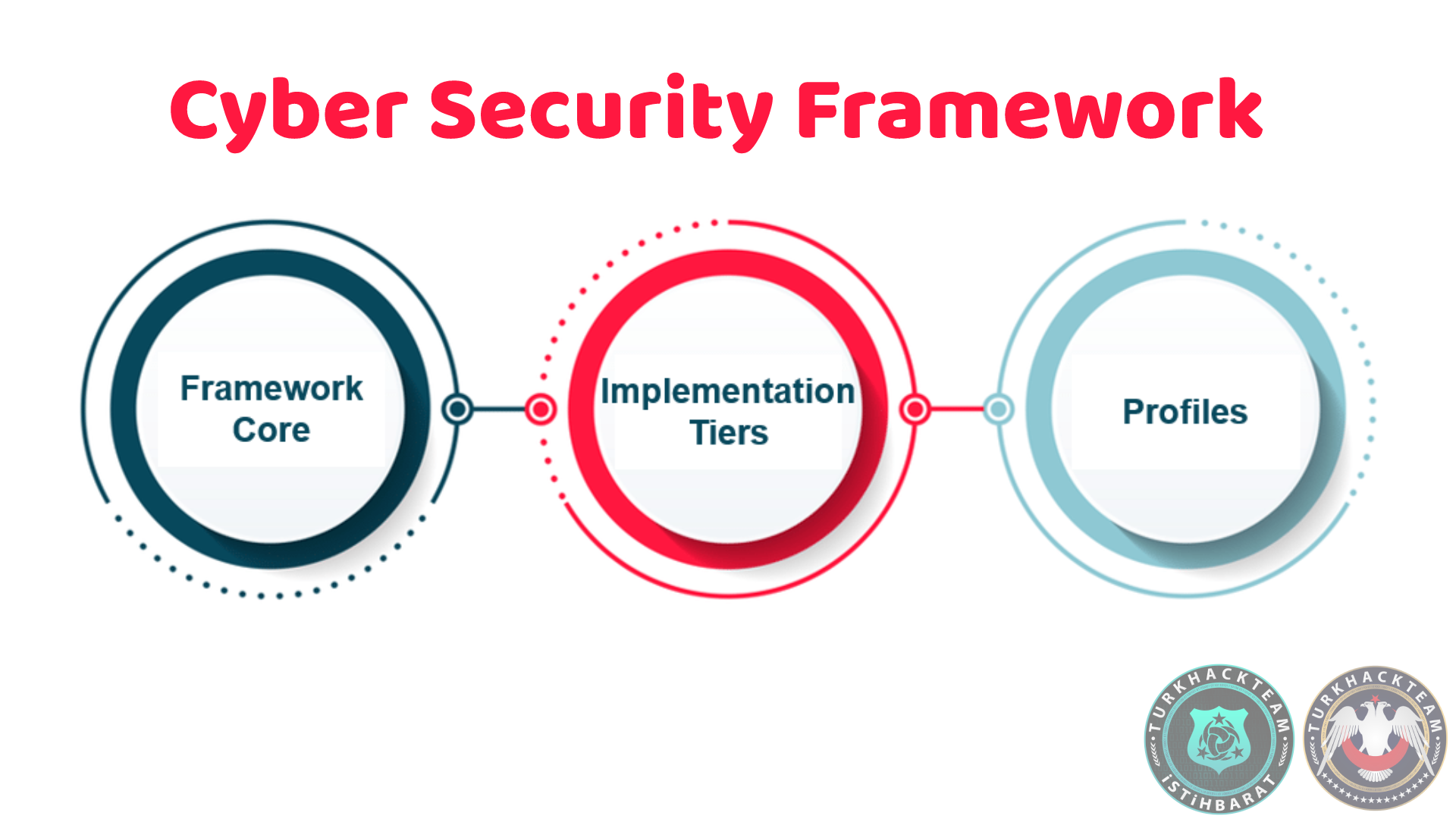What is NIST Cyber Security Framework?
Cyber Security Framework, which can adapt to any organization with critical infrastructure, is a cybersecurity risk management tool. Its abbreviation is "CSF", it aims to provide sustainable performance in the institution used.
CSF has industry-accepted standards in the cybersecurity ecosystem, these are:
- NIST SP 800-53 Rev. 4
- ISO/IEC 27001:2013
- COBIT 5, CIS CSC
- ISA 62443-2-1:2009
- ISA 62443-3-3:2013
These standards were published in 2014.

Why Develop CSF Structure?
- To provide an efficient and performance flexible and repetitive infrastructure.
- To determine the rules and security standards that can be applied in sectors with critical infrastructure
- To determine improvement areas for found cyber risks
- To determine, evaluate and manage cyber risks
- CSF structure is developed to determine security gaps that the standards do not meet and to develop action plans for these gaps.
Core
It is the section that is organized categorically and where the categories are associated with the standards deemed appropriate. In addition, this chapter provides a high-level strategic view to the cybersecurity risk management lifecycle.
- Identify: It ensures that people, systems, assets, and data are developed in a corporate understanding, aiming to manage the cybersecurity risk.
- Protect: It includes appropriate measures to ensure the protection of critical services and to limit the impact of a potential cybersecurity incident.
- Detect: It develops and implements appropriate activities for that cybersecurity incidents can be discovered on time.
- Respond: It includes appropriate actions to prompt timely action against a detected cybersecurity incident.
- Recover: It develops and implements appropriate activities to maintain resilience plans and to restore all services that have been corrupted due to the cybersecurity incident.
Profiles
It can be explained as bringing the guidelines, standards, and applications with the functions in the "Core" section in a specific application scenario. It can be examined under two headings as Current and Target Profile. Profile identification, corporate cybersecurity programs. It allows them to conduct an objective review against CSF and to have a clear understanding of what their current security situation is. Target Profile indicates the results required to achieve the desired cybersecurity risk goals.
How to Use CSF?
You must complete 7 steps to create a cybersecurity program. These steps need to be repeated as necessary to continually enhance and evaluate cybersecurity.
Step 1: Prioritization and Scope
It determines the Organization Goals and high-level priorities. It is confirm which work and which processes will be handled in the cyber security program.
Step 2: Orientation
Scope describes systems and assets related to legal or regulatory requirements and the general approach to risk.
Step 3: Create an Existing Profile
Creates the Existing Profile that shows which category results in the "Core" section are reached transiently.
Step 4: Invocation a Risk Assessment
It analyzes the operational environment to measure the probability of a cybersecurity incident and its impact on the organization.
Step 5: Create a Target Profile
It evaluates the categories that define the desired cybersecurity results, related to the organizational goals and the reasons with legal compliance, and then creates a Target Profile.
Step 6: Difference determine, Analyze and Prioritize
It determines the differences by comparing the existing Profile with the Target Profile, prepares an action plan intended differences, and determines the resources to reach the Target Profile.
Step 7: Implement the Action Plan
As stated in the previous step, it determines which measures will be taken and then adjusts the existing cybersecurity applications can reach the Target Profile.
Source:https://www.turkhackteam.org/siber-guvenlik/1973365-nist-cyber-security-framework-nedir.html
Moderatör tarafında düzenlendi:





